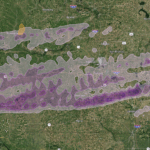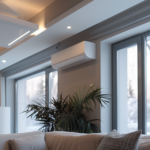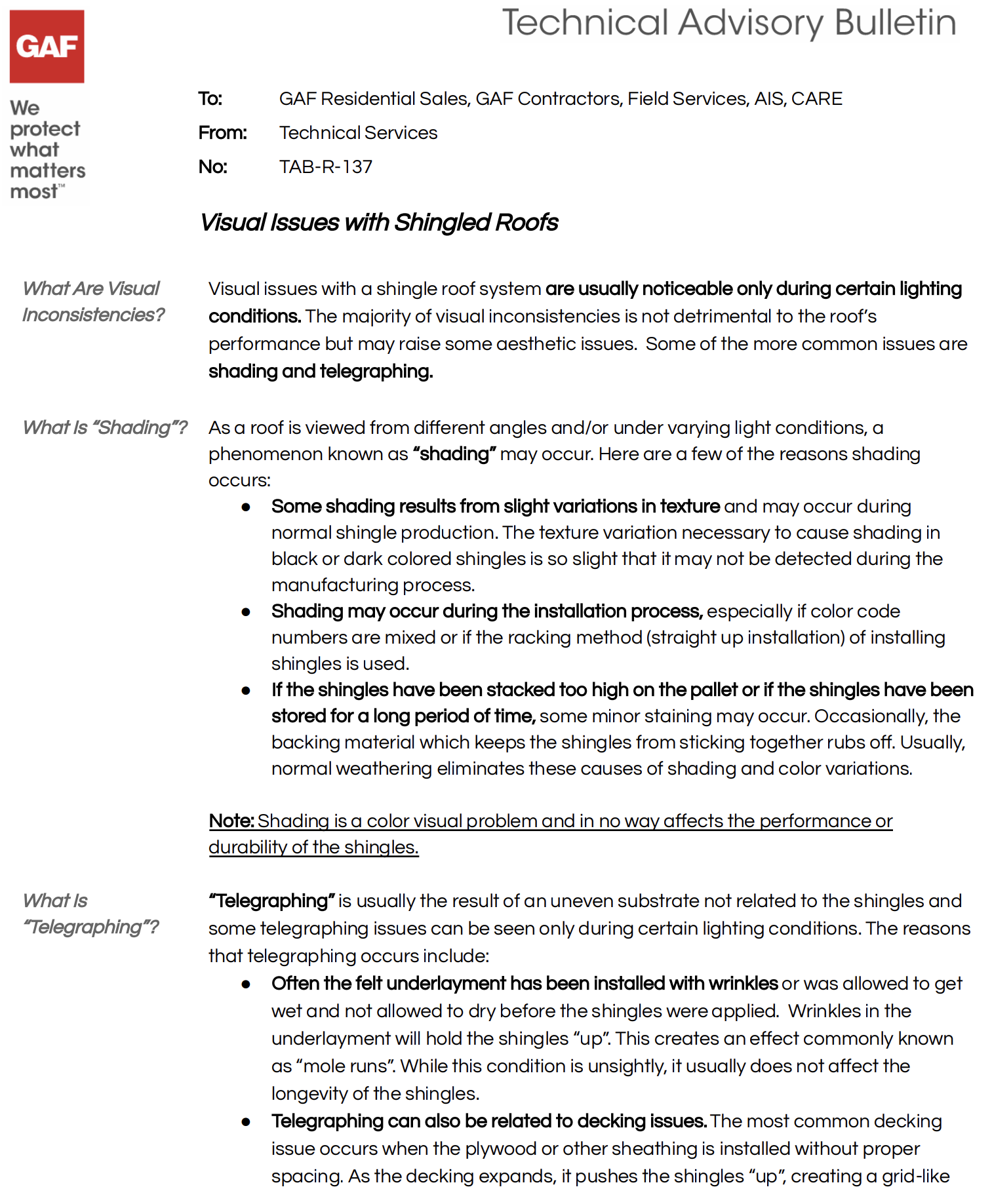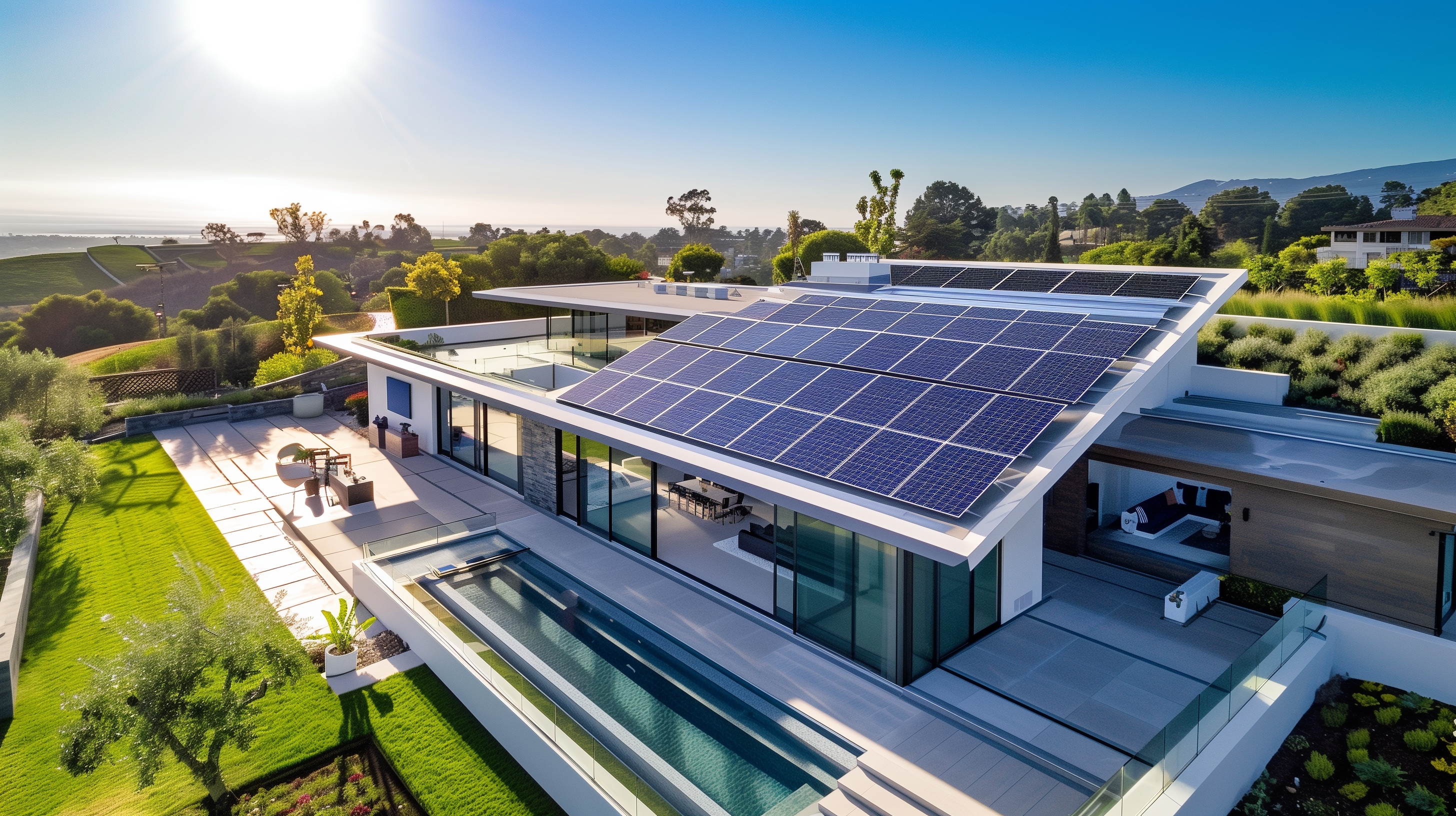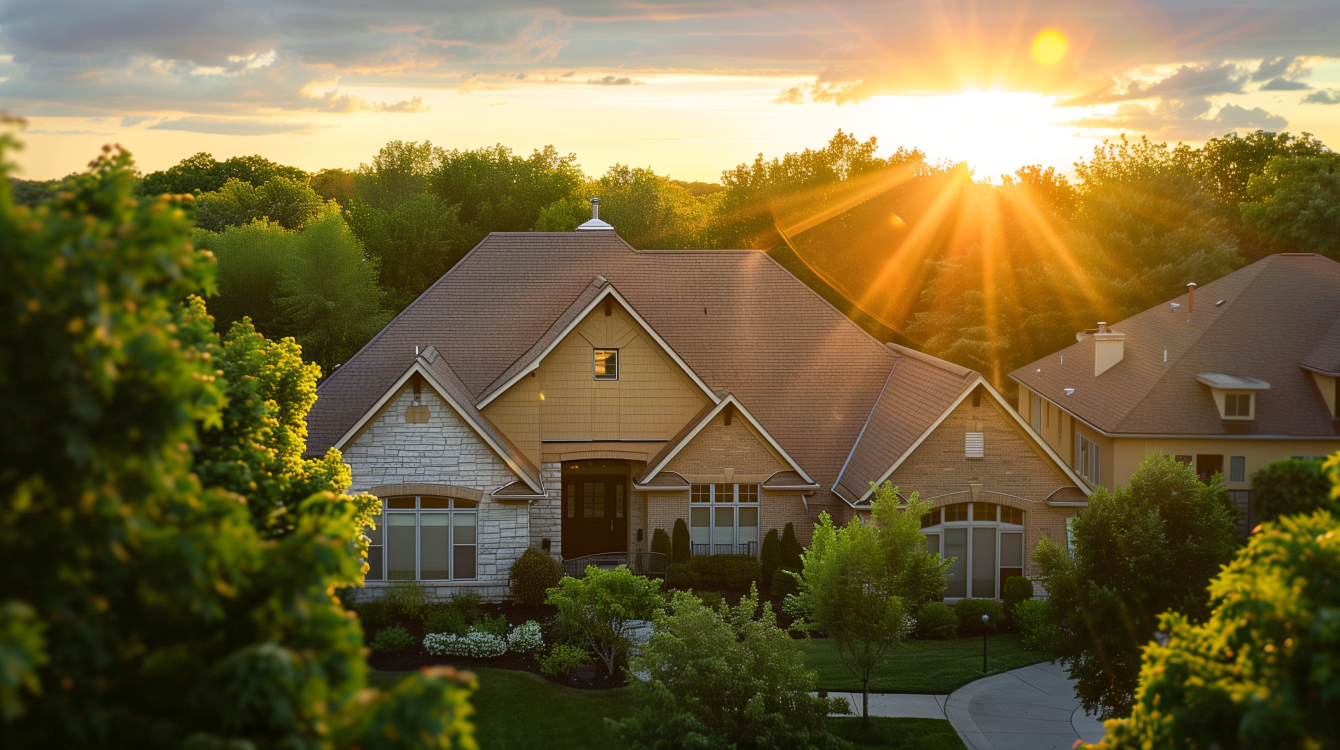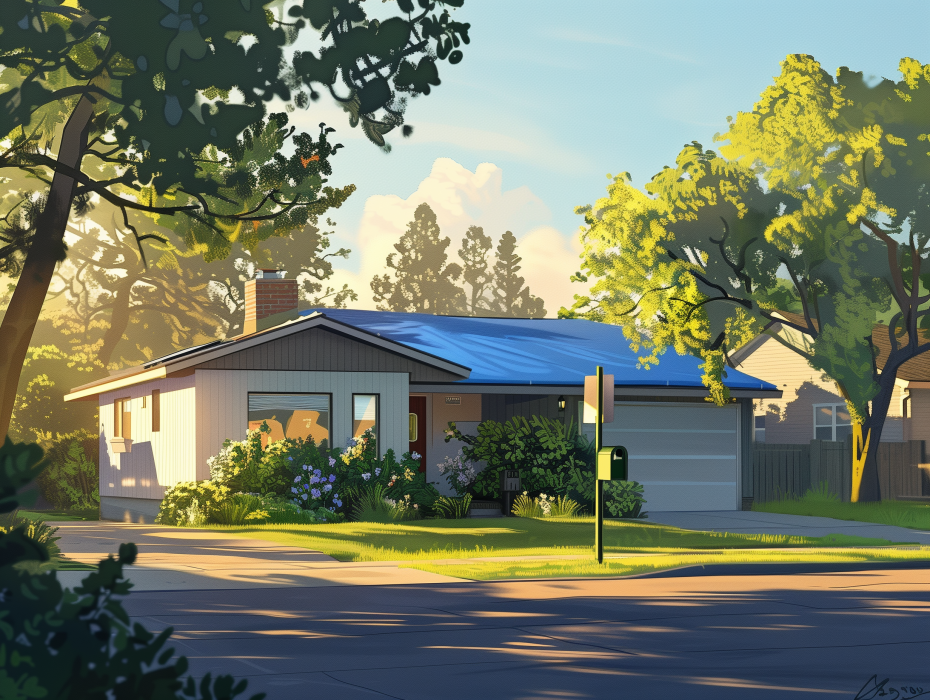What Are Visual Inconsistencies?
Visual issues with a shingle roof system are usually noticeable only during certain lighting conditions. Most visual inconsistencies do not affect the roof’s performance but may raise some aesthetic concerns. Two common issues are shading and telegraphing.
What Is “Shading”?
Shading occurs when a roof is viewed from different angles and/or under varying light conditions. Here are a few reasons shading may occur:
- Texture Variations: Slight variations in texture during normal shingle production can cause shading, especially in black or dark-colored shingles. These variations are often undetectable during manufacturing.
- Installation Process: Shading may result from mixing color code numbers or using the racking method (straight up installation) during installation.
- Storage Issues: Shingles stacked too high on the pallet or stored for a long period can develop minor staining. Sometimes, the backing material that prevents shingles from sticking together rubs off, leading to shading. Normal weathering typically eliminates these shading and color variations.
Note: Shading is purely a visual issue and does not impact the performance or durability of the shingles.
What Is “Telegraphing”?
Telegraphing usually results from an uneven substrate and is visible under certain lighting conditions. Reasons for telegraphing include:
- Underlayment Issues: Wrinkled felt underlayment or underlayment that got wet and was not allowed to dry before shingle application can cause shingles to appear raised, creating an effect known as “mole runs.” While unsightly, this condition typically does not affect shingle longevity.
- Decking Issues: Improper spacing of plywood or other sheathing during installation can cause decking to expand, pushing the shingles up and creating a grid-like pattern that telegraphs through the shingles. While usually an aesthetic issue, shingle ridging caused by decking can denote more serious decking problems, potentially affecting long-term shingle performance.
- Overlaying New Roof on Old Roof: Installing new shingles over an existing roof can result in irregularities or unevenness from the old roof telegraphing through to the new shingles, creating a non-uniform appearance.
How Does Shading or Telegraphing Affect My Warranty?
GAF’s Shingle Limited Warranty covers manufacturing defects of shingles, even if they are not installed properly. However, the warranty does not cover shading or telegraphing, nor does it warrant the workmanship of the roofer who installs the shingles or any problems caused by substrates or underlayment.
Conclusion
Understanding shading and telegraphing can help homeowners manage expectations about the aesthetic aspects of their shingle roofs. While these issues may affect the visual appeal, they typically do not impact the performance and durability of the shingles.
For Immediate Service or Consultation
Contact Allied Emergency Services, INC.
Phone: 1-800-792-0212
Email: Info@AlliedEmergencyServices.com
Location: Serving Illinois, Wisconsin, and Indiana with a focus on the greater Chicago area.
If you require immediate assistance or have specific questions, our human support is readily available to help you.
Disclaimer: This article is intended for informational purposes only. For professional advice, consult experts in the field.
